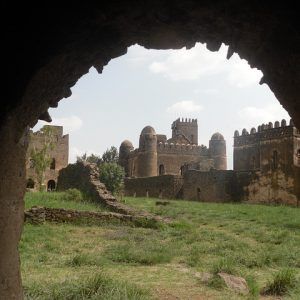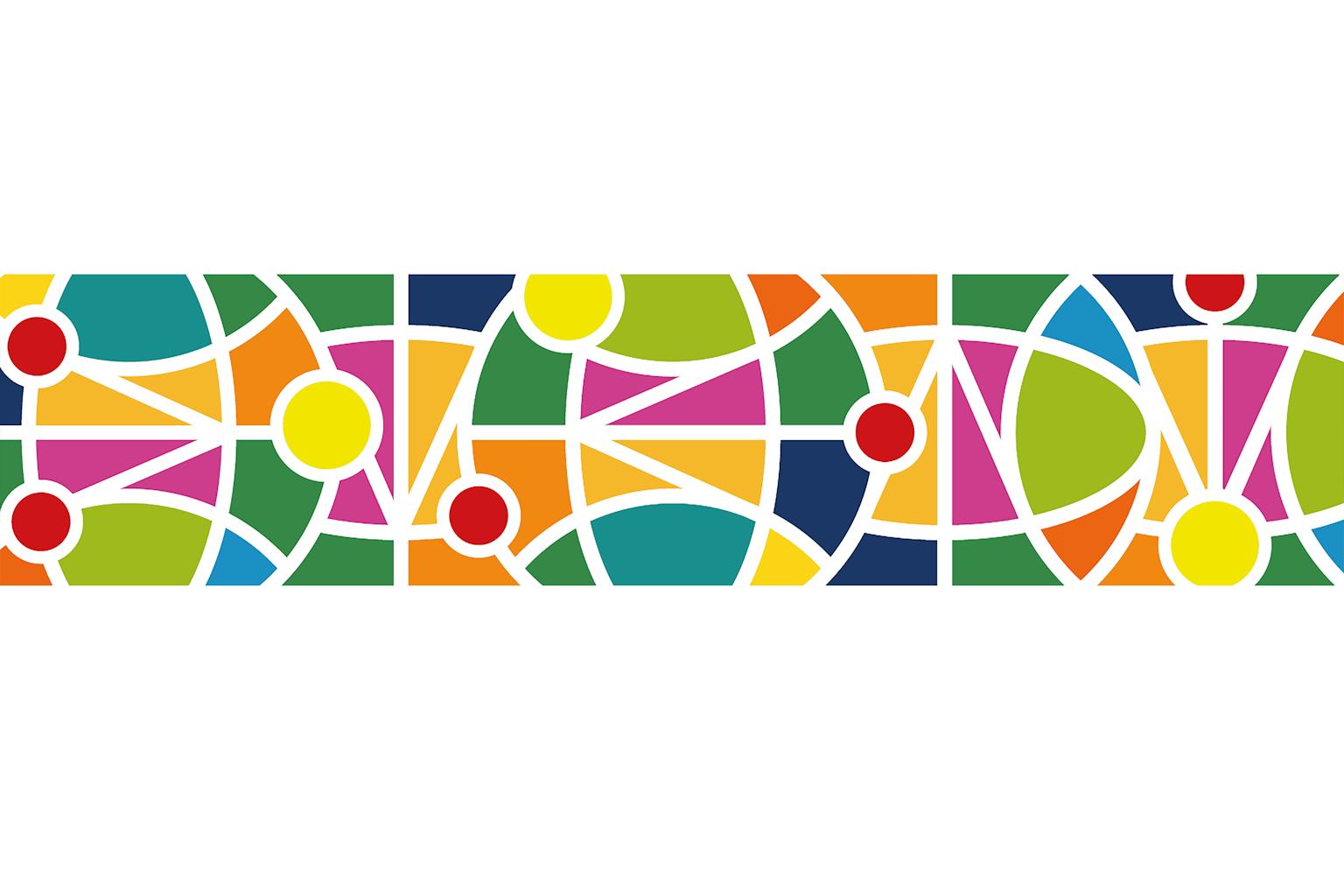Up until last year, Ethiopia was considered the most promising economy in the greater East African region. But in the last one year, internal feuds have started to make Ethiopia an increasingly frayed nation.
At the center of the conflict are the federal defense forces of Ethiopia, facing off against the Tigray Peoples’ Liberation Front (TPLF).
Once the liberator of Ethiopia from the communist Derg, the TPLF has now taken Ethiopia hostage with the current bout of violence.
The issues
The conflict in Ethiopia is a layered and convoluted one. Outwardly, the root of the conflict is a political philosophical clash between tribal nationalism and civic nationalism.
In its last 27 years of power till 2018, the TPLF maintained power by maintaining a tribal system of government that favoured it. Opposition parties – also organized along tribal lines – protested violently.
Trouble began when Ethiopian government forces clashed with Oromia protestors in 2016 and created a humanitarian crisis. The Tigray-controlled government faced heavy backlash.
And two years later, the last TPLF-backed prime minister of Ethiopia Hailemariam Desalegn stepped down.
In a well-orchestrated political move soon after, all the major political parties in Ethiopia coalesced into The Prosperity Party. Only the TPLF was left out.
Ethiopia, a nation of nations
A keener look at the situation in Ethiopia, however, reveals a deeper and much more layered root for this conflict.
Long before the TPLF had been formed, Ethiopia was a country divided along tribal lines. The famed writer Walelign Mekonnen wrote in 1969 that that Ethiopia was not one nation, but an amalgamation of many small nations.
And even though many historians tend to use Ethiopia and Abyssinia interchangeably, they are two very different entities.
During my research for this article, I discovered one critical area where nationalist passions play out in Ethiopia – who are “Ethiopians” and who are “Abyssinians”.
I asked a few of my Ethiopians friends on Facebook what the conflict with Tigray was all about. One response that stood out featured the blunt accusation that Tigrians are Abyssinians, not Ethiopians.
The only problem is that there is no such thing as the nation or region of Abyssinia today. In fact, Abyssinia has not appeared in a map as an independent territory since 1822.
However, whenever Abyssinia did appear in a map, it was a fierce rival of the erstwhile Ethiopian Empire. How these historical rivals came to be cloistered within the Ethiopian highlands is a mystery we might never unwrap.
But it is a mystery that sheds light on the landscape of the current hostilities in Ethiopia.
Even from media reports, it is clear that many Ethiopians harbor no compassion for the plight of the Tigrians. Even the church has been accused of being complicit in supporting the ongoing wave of blood-letting in Tigray.
Ethiopia – colonized by Abyssinia
The conflict in Ethiopia is about tribal resentments that go back centuries, woven into the very fabric of the nation. The modern state of Ethiopia was formed just before the turn of the 19th century when Abyssinia and Ethiopia merged into Ethiopia.
However, the system of government that was instituted in the new state of Ethiopia was oppressive to the native Ethiopian peoples. Boasting superior weapons even by European standards, the Abyssinians had managed to hold on to the Ethiopian Highlands through their own version of a well-orchestrated partition and colonization process.
So, even though Ethiopia can still claim to never have been colonized in Africa, this does not tell the whole story.
A more accurate way to put it would be; Ethiopia was the only African country not to be colonized by a European nation. Instead, Ethiopia was colonized by the first truly African nation of Abyssinia.
In the debate over colonialism, we are used to the white man always being the villain. But in Ethiopia, colonial power was exerted by the Abyssinians over the mighty Ethiopia.
Even today, the two factions are still tussling for power in Ethiopia. Thus happens the Ethiopia-Tigray conflict.
This only goes to prove the point that the impacts of colonization are felt for many generations afterwards. But more importantly, it reveals a yawning gap in East African history.
The story of Ethiopia and Abyssinia
To understand East African history, we must first comprehend the history of the Ethiopian Empire and the Kingdom of Abyssinia. In fact, as the biggest power players in the region, it is evident that these two entities dominate pre-colonial East African history.
There is no denying that Ethiopia is one of the most enigmatic nations of Africa. It is one of the few territories that existed alongside ancient, pyramid-building Egypt.
We also know about the ties that Ethiopia enjoyed with Israel. The Solomonic dynasty of the Ethiopian Empire is an undeniable and legitimate part of the country’s pre-colonial history.
But this is confusing, because Abyssinian royal houses have also historically used heredity from King Solomon as a requisite for a king. The Abyssinian king who unified Ethiopia and Abyssinia – Menelik II – also claimed descent from Solomon.
Ethiopia is a revolving door of violence
But the two kingdoms have never coexisted. In fact, their relationship has been more of mutual jeopardy.
The Kingdom of Abyssinia lost territory for The Great Empire of Ethiopia to sweep across Africa in conquest in the early 18th century. A century later, when Ethiopia had lost all her West African and Central African territory to their respective owners, Abyssinia was there to absorb even more of her northern and eastern homelands.
Even though the modern system glosses over the underlying history, the identities of these respective peoples remain intact. That’s why my Oromomian Facebook friends claim to not recognize Tigrians as Ethiopians.
But just because Tigrians are Abyssinians does not mean that they are less deserving of basic human rights. However, in the current system, the old Abyssinia-Ethiopia symbiotic relationship has been preserved intact.
Government used for payback
To end the hold of the (Abyssinian) TPLF on power, the (“real Ethiopians”) Oromo people demonstrated and rallied against the government forces between 2015 and 2016. An estimated 400 people were killed.
In 2021, the Oromo-led Patriotic Party front is in power. The government forces are in the hands of the Oromo, and now Tigray is burning. The other major Abyssinian tribes – the Amhara – are also being attacked by Oromo extremists, and the government may be explicit.
In modern Ethiopia, the rivalry between Old Abyssinia and Old Ethiopia refuses to go away. Hidden behind “ethnic federalism” and the “democratic process”, whichever tribe is in power always persecutes the loser.
So as we seek a resolution to endemic ethnic violence in Ethiopia, better clarity about the issues at the heart of the matter is important. Only then can we hope for a quick and permanent resolution.
At the very least, that should start with the explicit acknowledgment of the complex and shared history of the Ethiopian Empire and Kingdom of Abyssinia.





